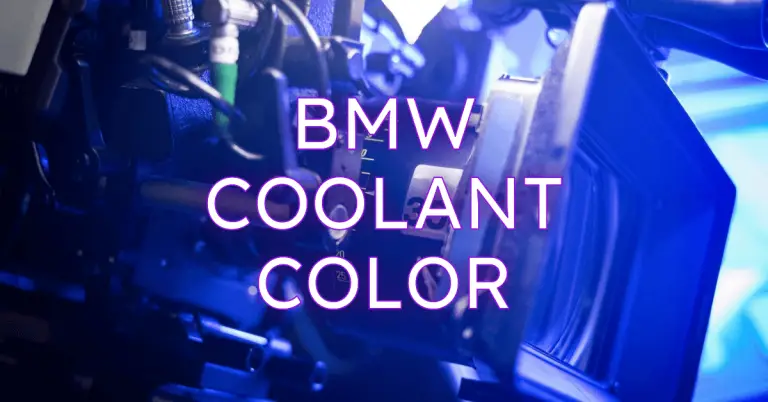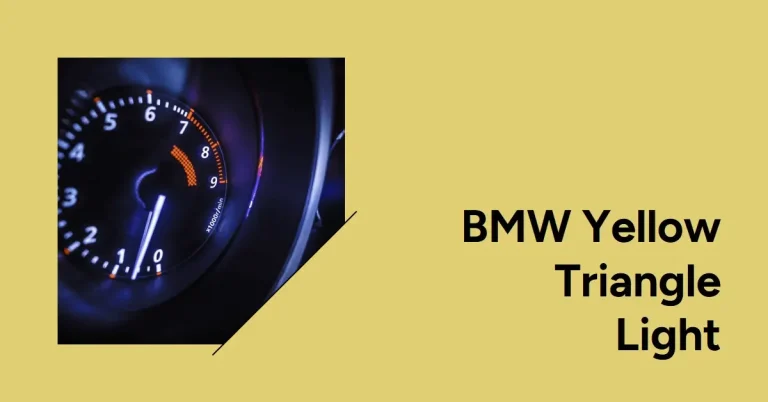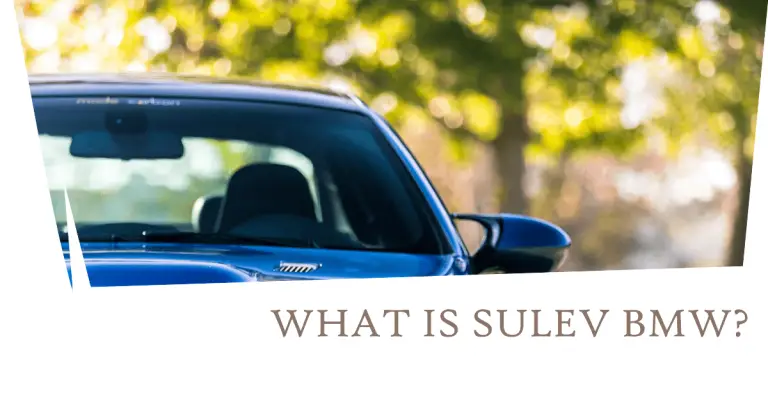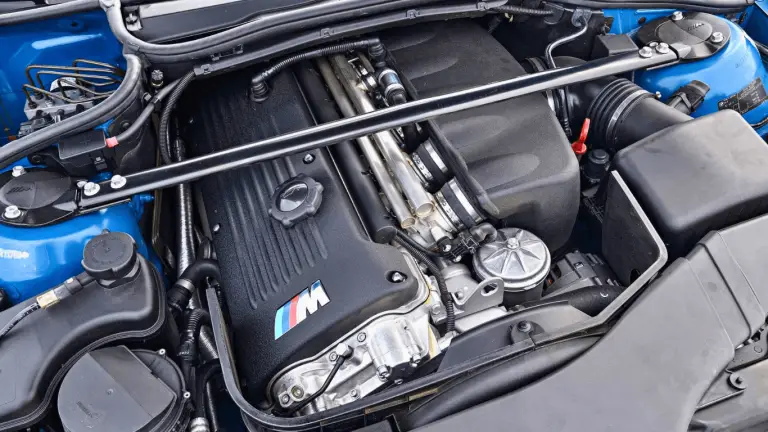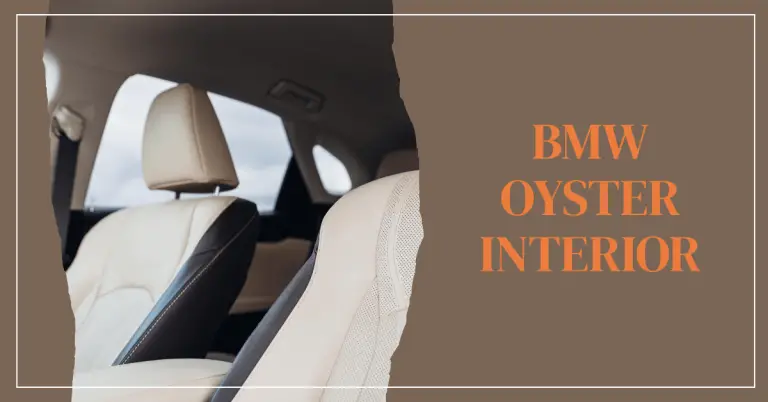BMW X3 vs Mazda CX 5: A Comprehensive Comparison
Compact luxury SUVs combine practicality, comfort, and driving enjoyment in a sized-right package. Two of the most popular options in this category are the BMW X3 and the Mazda CX-5. But which one is the better overall choice?
The answer depends on your priorities and budget. The BMW X3 delivers a more premium driving experience and brand cachet. But the Mazda CX-5 offers comparable reliability and features for thousands less.
In this comprehensive comparison, we’ll evaluate how the X3 and CX-5 stack up on performance, interior space, tech features, safety ratings, cost-to-own, and resale value. Read on to learn which model is the wiser buy depending on your needs.
BMW X3 Overview
The BMW X3 debuted in 2003 as the luxury brand’s entry into the compact luxury crossover segment. Now in its third generation, the X3 continues to be one of BMW’s most popular models.
Buyers are drawn to the X3’s combination of BMW’s renowned driving dynamics, premium interior appointments, and versatility. The X3 competes with SUVs like the Audi Q5, Mercedes-Benz GLC, Acura RDX, and Lexus NX.
BMW X3 buyers tend to be successful professionals or small business owners seeking a refined but family-friendly vehicle. Nearly 60% of X3 owners have household incomes over $200,000.
The X3 is available with your choice of turbocharged 4-cylinder or 6-cylinder engines. Rear-wheel drive is standard, with all-wheel drive optional. The base X3 sDrive30i is powered by a 2.0L turbo-4 generating 248 horsepower and 258 lb-ft of torque. Fuel economy is rated at 25 mpg city/29 highway/26 combined.
Step up to the X3 M40i and you’ll get a 3.0L turbocharged inline-6 making 382 hp and 369 lb-ft of torque. This rockets the X3 M40i from 0-60 mph in a brisk 4.4 seconds. Fuel economy dips slightly to 21/27/23 mpg.
Mazda CX-5 Overview
Introduced in 2012, the Mazda CX-5 is the best-selling model in the Japanese brand’s lineup. It’s credited with injecting an extra dose of style and driving enjoyment into the compact crossover segment.
Like Mazda vehicles, CX-5 customers tend to be people who care about driving dynamics and design. Many are young professionals or small families. The CX-5 competes with the likes of the Toyota RAV4, Honda CR-V, and Hyundai Tucson.
For power, the CX-5 offers either a naturally-aspirated 2.5L 4-cylinder or a turbocharged 2.5L 4-cylinder. The base engine makes 187 hp and 186 lb-ft of torque, delivering fuel economy of 25/31/28 mpg city/highway/combined. With the optional turbo-4, output rises to 250 hp and 320 lb-ft while fuel economy remains 25/31/28 mpg.
Performance and Handling Comparison
Driving enthusiasts will appreciate the BMW X3’s responsive handling and eager acceleration. But the Mazda CX-5 is satisfyingly quick in its own right. Let’s take a closer look at how these two SUVs compare when you flex your right foot.
Acceleration and Engine Performance
The BMW X3 is decisively quicker, especially if you opt for the powerful 382-hp turbo inline-6. Even the base 248-hp turbo-4 gets the X3 up to 60 mph in a respectable 6.0 seconds. There’s always a deep well of power on tap for merging and passing.
That’s not to say the CX-5 is slow. The 2.5-liter turbo engine provides peppy everyday acceleration, hitting 60 mph in about 7.5 seconds. The naturally-aspirated 2.5-liter feels more strained during hard acceleration, but easily keeps up with traffic.
Advantage: BMW X3
Transmission
An 8-speed automatic transmission is standard across the X3 lineup. It provides remarkably quick and smooth gear changes that perfectly complement the engines. Paddle shifters allow manual control when desired.
CX-5 models come with a 6-speed automatic. It’s a good transmission for everyday driving, but can hesitate slightly during more aggressive acceleration. Paddle shifters are unavailable. A manual gearbox is offered on the base CX-5.
Advantage: BMW X3
Ride and Handling
The BMW X3 delivers a supremely agile and confident driving experience. Body roll is kept firmly in check during cornering. The suspension dampens impacts nicely to prevent harshness. The steering feels linear and precise, with excellent feedback.
By mainstream SUV standards, the CX-5 handles very capably, with minimal body lean. The steering provides reasonable feedback for an electric system. Ride quality skews slightly firmer. Overall, it strikes a great balance for an affordable SUV.
Advantage: BMW X3
Off-Road Performance
Most owners will rarely venture off pavement, but both SUVs can handle light off-roading when needed. The X3 offers more ground clearance along with an available sophisticated xOffroad package. The CX-5 impresses with its adeptness on dirt and gravel but has less capability for serious trails.
Advantage: BMW X3
Interior Space and Features
When it comes time to step inside either SUV, the X3 maintains its lead in luxury appointments while the CX-5 punches above its weight.
Seating and Cargo Capacity
The X3 offers seating for up to five. Leather upholstery is standard, with SensaTec faux leather on base models. The front seats are particularly comfortable with 12-way power adjustment. Rear seat legroom measures a tight 36.4 inches.
CX-5 also seats five, with cloth or leatherette standard and leather available. The front seats have 6-way manual adjustment or optional power adjustment. Rear legroom measures an airier 39.6 inches.
Both SUVs have similar cargo capacities. With the rear seats folded, the X3 can hold 62.7 cubic feet of cargo versus 59.6 cubes in the CX-5. The CX-5’s cargo area is slightly easier to load.
Advantage: Mazda CX-5
Infotainment and Connectivity
BMW’s iDrive system provides intuitive control of audio, navigation, and vehicle settings via a 10.3-inch touchscreen display and console controller knob. Key features include Apple CarPlay/Android Auto, voice assistant, and WiFi hotspot. A Harman Kardon surround sound system is optional.
Mazda’s newer Mazda Connect system compares favorably with an 8-inch or 10.25-inch display, Apple CarPlay/Android Auto, voice recognition, and available Bose premium audio. Physical and touchscreen controls are straightforward.
Advantage: Tie
Safety Technology and Driver Aids
The X3 really flexes its luxury SUV capabilities when it comes to advanced driver assistance and safety features. Standard equipment includes forward collision warning, automatic emergency braking, blind spot monitoring, rear cross-traffic alert, and parking sensors. Available upgrades include a 360-degree parking camera, head-up display, lane keep assist, adaptive cruise control, and automated parking.
The CX-5 also offers an impressive array of driver aids, but you often have to step up to higher trim levels to get them. All models have forward collision warning and automatic emergency braking. Upper trims add extras like adaptive cruise control, lane departure warning, and a 360-degree camera.
Advantage: BMW X3
Cost and Value Comparison
Pricing and overall value is where the BMW X3 and Mazda CX-5 clearly diverge. The X3 comes with a luxury vehicle price tag, while the CX-5 wins on affordability and retention of value over time.
New Car Pricing
The 2023 BMW X3 starts at an MSRP of $45,000 for a base sDrive30i model. Stepping up to the M40i raises the price tag to $59,800. Well-optioned models extend into the $70,000s.
In contrast, the 2023 CX-5 has an MSRP of $27,025 in base form, which already includes AWD. The top Grand Touring Reserve model tops out around $38,000. Overall, you’ll spend $10,000 to $15,000 less for a comparably equipped CX-5.
Advantage: Mazda CX-5
Resale Value
Kelley Blue Book awards the BMW X3 an above-average resale value rating of 4 out of 5. After 5 years of ownership, it’s expected to retain around 47% of its original price.
The CX-5 earns the highest possible resale rating of 5 out of 5. It retains an estimated 56% of its original MSRP after 5 years, thanks to Mazda’s reputation for reliability and lower starting price.
Advantage: Mazda CX-5
Warranties
The X3 has a 4-year/50,000 mile new car warranty and powertrain warranty. You can add 2 years of free scheduled maintenance for extra peace of mind. Available extended warranty plans provide longer component protection.
Mazda covers the CX-5 with a 3-year/36,000 mile basic and 5-year/60,000 mile powertrain warranty. The automaker also includes 3 years of free routine maintenance. Extended warranty options are available as add-ons.
Advantage: Tie
Safety Ratings
Safety is a prime consideration for families looking at compact SUVs. Both the BMW X3 and Mazda CX-5 perform admirably in crash testing and offer advanced driver aids. However, there are some key differences in their results and availability of safety tech.
Crash Test Results
The X3 earns a 5-Star overall rating from the NHTSA, along with a Top Safety Pick+ designation from the IIHS. It gets top Good scores in all IIHS crashworthiness tests.
Likewise, the CX-5 nets 5 stars from NHTSA and a Top Safety Pick+ from IIHS. It matches the X3’s Good ratings across the board in IIHS evaluations.
Advantage: Tie
Standard Safety Features
The base X3 includes forward collision warning, automatic emergency braking, blind spot monitoring, and rear cross-traffic alert. But you’ll pay extra for advanced features like adaptive cruise and lane keep assist.
Even base CX-5 models come well equipped with collision warning, automatic emergency braking, lane departure warning, and adaptive cruise control. The value edge goes to Mazda for making key safety tech standard.
Advantage: Mazda CX-5
Verdict: Which Model is the Better Buy?
The 2023 BMW X3 justifies its higher prices with truly premium performance, luxury, and brand prestige. For shoppers who prioritize a fun-to-drive compact SUV with cachet, the X3 delivers compelling value.
That said, most buyers will find the Mazda CX-5 to be the overall smarter purchase. It provides about 90% of the X3’s refinement and driving enjoyment for thousands less. The CX-5 keeps up with modern tech and safety expectations while pampering occupants with a well-crafted cabin. It’s the quintessential example of getting lots of luxury for less.
For performance diehards who relish BMW’s engineering, the four-door driving joy of the X3 will be hard to resist. But savvy buyers who want excellent quality without overspending should choose the Mazda CX-5 for its combination of craftsmanship, owner satisfaction, and long-term value.
Conclusion
The BMW X3 and Mazda CX-5 represent two philosophies in the compact luxury SUV marketplace. The X3 priortizes prestige, performance, and brand status. The CX-5 focuses more on value, efficiency, reliability, and retaining its sticker price over years of ownership.
Which model is right for you depends on your budget, how much you value badge appeal, and whether you prefer sporty driving dynamics or maximum practicality from your small SUV. We hope this detailed comparison gives you the key insights to decide if the BMW experience is worth the premium over Mazda’s affordable refinement.
Of course, there are always alternatives like the Audi Q5, Volvo XC60, and Acura RDX to cross-shop as well. But for blending luxury with compact dimensions, the X3 and CX-5 deserve strong consideration. Test drive them both, weigh the pros and cons, and go with the model that best aligns with your wants and needs.


